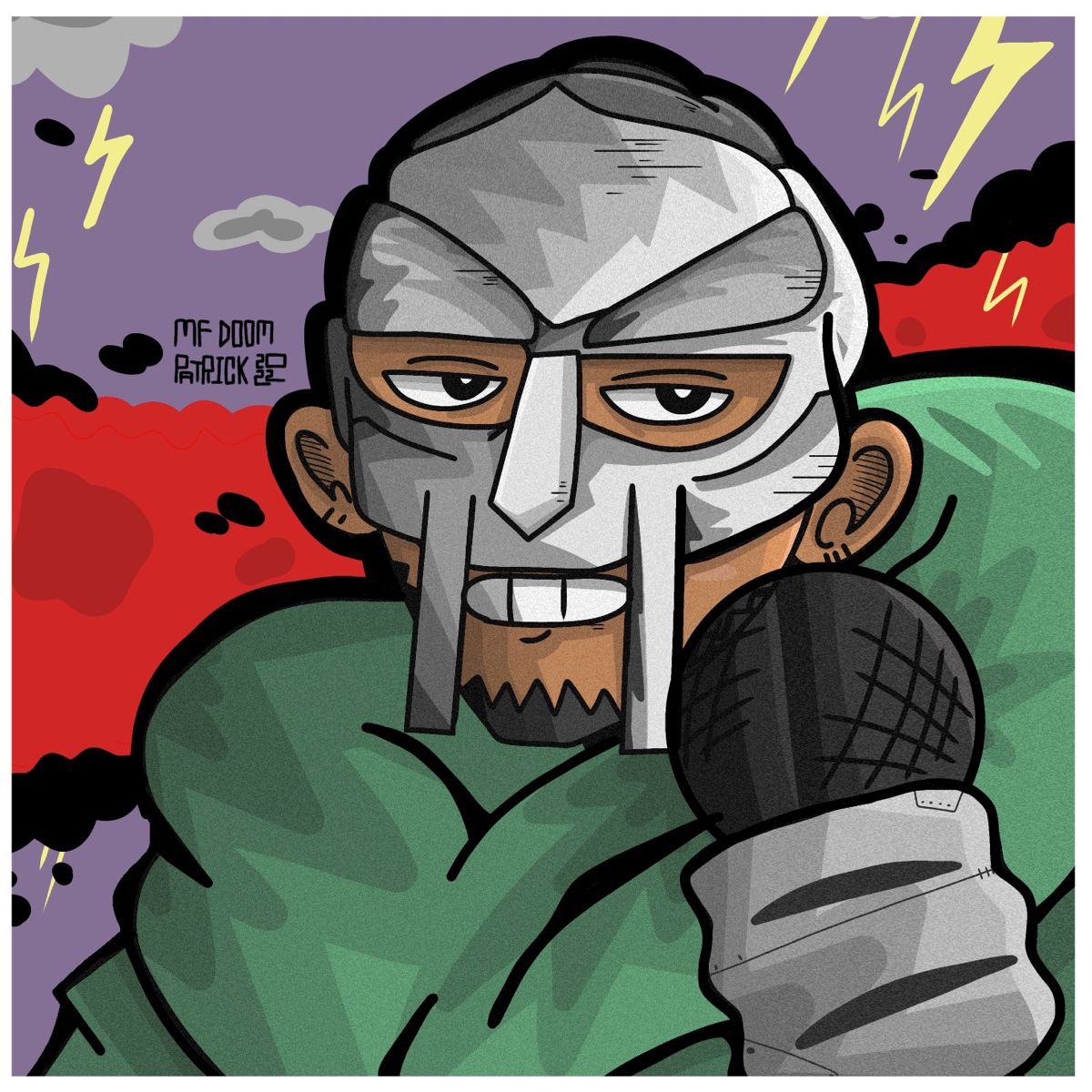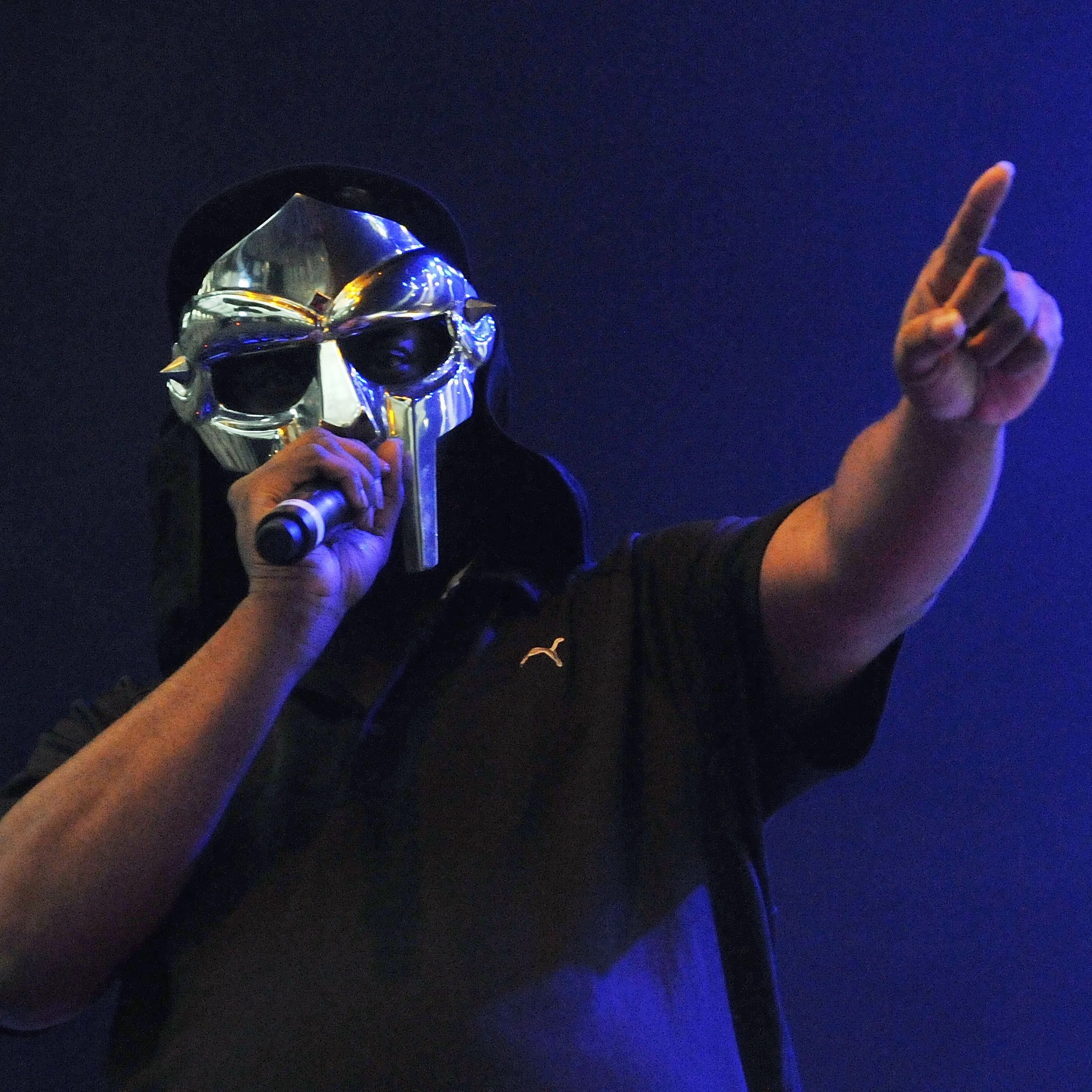The music world was shaken when the news of MF Doom's passing surfaced. Known for his enigmatic persona and unique lyrical style, MF Doom was a figure who left an indelible mark on the hip-hop genre. Fans and fellow artists alike were left in disbelief, mourning the loss of a legend whose influence spanned decades. The mystery surrounding his death only added to the intrigue that was his life.
MF Doom, born Daniel Dumile, was a British-American rapper who captivated audiences with his masked persona and storytelling prowess. His career was marked by innovation and a dedication to the craft that set him apart from his contemporaries. Despite his reclusive nature, MF Doom built a loyal fanbase that cherished his every word and beat, and his passing left a void in the music community that is still felt today.
The circumstances of MF Doom's death have been a topic of speculation and curiosity. While his family confirmed his passing on December 31, 2020, the details surrounding howd MF Doom die remained largely private, in keeping with his personal life. In this article, we delve into the biography, career, and mysterious death of MF Doom, examining the impact he has had on the music industry and the legacy he left behind.
Read also:The Life And Impact Of Nicole Brown Simpson A Story Retold
Table of Contents
- Biography of MF Doom
- Early Life and Musical Beginnings
- MF Doom's Rise to Fame
- What Made MF Doom's Musical Style Unique?
- A Deep Dive into MF Doom's Discography
- Notable Collaborations and Projects
- Why Did MF Doom Wear a Mask?
- MF Doom's Influence on Modern Music
- Personal Life and Family
- Howd MF Doom Die?
- The Legacy of MF Doom
- Frequently Asked Questions
- Conclusion
Biography of MF Doom
MF Doom, whose real name was Daniel Dumile, was born on July 13, 1971, in London, England. He spent much of his life in the United States, where he became a seminal figure in the underground hip-hop scene. Known for his intricate wordplay and distinctive flow, MF Doom crafted a niche that combined comic book villainy with complex lyrical narratives.
His journey in music began in the late 1980s with the group KMD, where he performed under the name Zev Love X. After the tragic death of his brother and group member DJ Subroc, Dumile disappeared from the public eye, only to re-emerge as the masked villain MF Doom in the late 1990s.
Below is a table summarizing some key personal details of MF Doom:
| Full Name | Daniel Dumile |
|---|---|
| Date of Birth | July 13, 1971 |
| Place of Birth | London, England |
| Nationality | British-American |
| Genres | Hip-Hop, Rap |
| Years Active | 1988–2020 |
| Notable Aliases | MF Doom, Zev Love X, Viktor Vaughn |
Early Life and Musical Beginnings
Daniel Dumile's early life was marked by a transatlantic upbringing that influenced his music in profound ways. Born to a Trinidadian mother and Zimbabwean father, Dumile moved to Long Island, New York, during his childhood. This cultural amalgamation was a cornerstone of his artistic expression, blending different sounds and themes into his music.
His initial foray into the music world began with the formation of KMD in 1988, alongside his brother DJ Subroc. The group was known for its politically charged lyrics and Afrocentric themes, gaining a modest following in the early 90s. However, tragedy struck with the untimely death of DJ Subroc in 1993, which led to the shelving of their second album, "Black Bastards," and marked the end of KMD.
MF Doom's Rise to Fame
Emerging from the shadows of personal tragedy, Dumile adopted the MF Doom persona, inspired by the Marvel Comics character Doctor Doom. The mask became a symbol of his rebirth and a way to separate his personal life from his art. His debut album, "Operation: Doomsday," released in 1999, was a testament to his lyrical prowess and unique production style.
Read also:Historic Charm Of Old Fort Nc A Heritage Haven
MF Doom's rise to fame was characterized by his reclusive nature and the mystique surrounding his persona. He released a series of critically acclaimed albums, including "Madvillainy" (with Madlib) and "Mm..Food," solidifying his position as a cult figure in hip-hop. His work was noted for its complex lyrics, sampling techniques, and the seamless blending of storytelling and abstract themes.
What Made MF Doom's Musical Style Unique?
MF Doom's musical style was a tapestry of intricate wordplay, unconventional beats, and a deep understanding of hip-hop's cultural roots. His lyrics often featured dense rhyme schemes and allusions to comic book lore, creating a rich narrative experience for listeners. Unlike many mainstream artists, MF Doom's music was deliberately crafted to challenge and engage his audience.
His production style was equally distinctive, often utilizing obscure samples and lo-fi aesthetics that gave his music a timeless quality. This approach resonated with fans who appreciated the authenticity and craftsmanship of his work. MF Doom's ability to weave complex stories through his music set him apart as a true innovator in the genre.
A Deep Dive into MF Doom's Discography
MF Doom's discography is a testament to his prolific nature and artistic evolution. Key albums that define his career include:
- Operation: Doomsday (1999): His debut solo album that introduced the world to his unique style and the MF Doom persona.
- Madvillainy (2004): A collaboration with producer Madlib, regarded as one of the greatest hip-hop albums of all time.
- Mm..Food (2004): An exploration of food-related themes, showcasing his storytelling abilities and humor.
- Born Like This (2009): An album that delved into darker themes, featuring collaborations with Ghostface Killah and Raekwon.
Each album in MF Doom's catalog showcases his evolution as an artist, reflecting personal experiences and his ever-expanding creative vision.
Notable Collaborations and Projects
MF Doom was known for his numerous collaborations, which often resulted in groundbreaking music. Some of his most notable partnerships include:
- Madvillain (with Madlib): Considered a landmark album in underground hip-hop, "Madvillainy" was praised for its innovative production and lyrical depth.
- Danger Doom (with Danger Mouse): A project that combined Doom's lyrical prowess with Danger Mouse's eclectic production, resulting in the album "The Mouse and the Mask."
- JJ Doom (with Jneiro Jarel): A collaboration that continued to push the boundaries of hip-hop with its experimental sound.
These collaborative efforts highlighted MF Doom's versatility and his ability to seamlessly blend his style with other artists, further cementing his status as a creative force in music.
Why Did MF Doom Wear a Mask?
One of the most intriguing aspects of MF Doom's persona was his decision to wear a mask. This choice was both symbolic and practical, allowing him to maintain anonymity and focus on the art rather than the artist. The mask became an extension of his identity, embodying the villainous character that he portrayed in his music.
In interviews, MF Doom explained that the mask was a way to challenge the industry's focus on appearance and celebrity culture. By obscuring his face, he encouraged listeners to engage with his music on a deeper level, free from preconceived notions about his identity. This approach resonated with fans who appreciated the authenticity and mystery that the mask represented.
MF Doom's Influence on Modern Music
MF Doom's impact on the music industry is undeniable. His innovative approach to hip-hop influenced a generation of artists who sought to emulate his creativity and authenticity. Known for his dense lyrics and abstract storytelling, MF Doom inspired musicians across genres to experiment with their craft.
Artists such as Tyler, The Creator, Earl Sweatshirt, and Flying Lotus have cited MF Doom as a significant influence on their work. His legacy is reflected in the continued relevance of his music, which remains a touchstone for fans and musicians alike. MF Doom's contributions to hip-hop have left an indelible mark, ensuring that his influence will be felt for years to come.
Personal Life and Family
Despite his public persona, MF Doom was a private individual who kept details of his personal life largely out of the spotlight. He was married to Jasmine Dumile, with whom he had three children. Family was an important aspect of his life, and he often referenced personal experiences in his music.
Tragedy struck the Dumile family in 2017 with the death of his 14-year-old son, King Malachi Ezekiel Dumile. This loss profoundly affected MF Doom, and he shared his grief with fans through heartfelt messages and tributes. The emphasis on family and personal experiences added depth to his music, resonating with listeners on an emotional level.
Howd MF Doom Die?
The circumstances surrounding MF Doom's death are shrouded in mystery, in line with his enigmatic persona. His family announced his passing on December 31, 2020, but revealed that he had actually died on October 31, 2020. The cause of death was not disclosed, respecting his family's wishes for privacy.
Fans and peers were left to mourn the loss of a musical icon whose influence transcended generations. Despite the lack of details about howd MF Doom die, his legacy continues to thrive through his music and the indelible impact he left on the industry.
The Legacy of MF Doom
MF Doom's legacy is a testament to his innovation, creativity, and authenticity. He redefined the boundaries of hip-hop, challenging conventions and inspiring countless artists to follow in his footsteps. His music continues to resonate with fans, old and new, who find solace and inspiration in his words.
The masked villain's influence is evident in the work of contemporary musicians who cite him as a pivotal figure in their artistic development. MF Doom's contributions to the genre have left an indelible mark, ensuring that his legacy will endure for years to come.
Frequently Asked Questions
1. What was MF Doom's real name?
MF Doom's real name was Daniel Dumile.
2. Why did MF Doom wear a mask?
MF Doom wore a mask to maintain anonymity and focus on his art, challenging the industry's emphasis on appearance.
3. What are some of MF Doom's most notable collaborations?
Some of MF Doom's notable collaborations include "Madvillainy" with Madlib and "The Mouse and the Mask" with Danger Mouse.
4. How did MF Doom pass away?
The cause of MF Doom's death has not been publicly disclosed, respecting his family's wishes for privacy.
5. What impact did MF Doom have on hip-hop?
MF Doom's innovative approach to hip-hop influenced a generation of artists, inspiring them to push creative boundaries.
6. When did MF Doom pass away?
MF Doom passed away on October 31, 2020, with the announcement made on December 31, 2020.
Conclusion
MF Doom's passing marked the end of an era in hip-hop, but his legacy continues to inspire and influence artists across the globe. His unique style, masked persona, and dedication to the craft have left an indelible mark on the music industry. While the details of howd MF Doom die remain private, his contributions to the genre and the impact he had on fans and musicians alike will ensure that his memory lives on.
For more information on MF Doom's influence and legacy, you can visit Rolling Stone.

